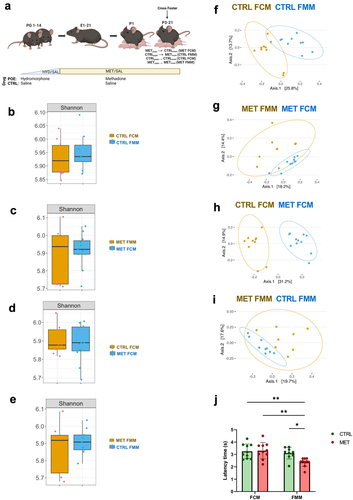Figures & data
Figure 1. Maternal opioid exposure during gestation alters maternal gut microbiota.
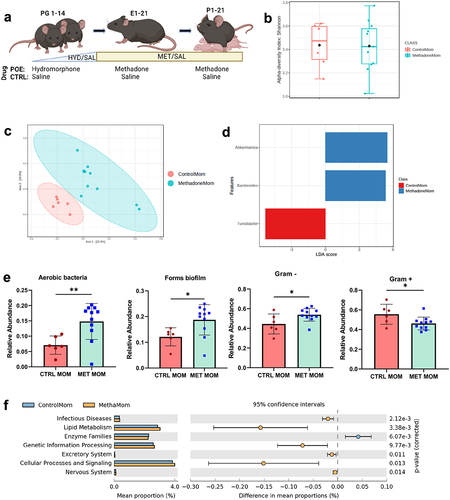
Figure 2. Maternal opioid exposure during gestation alters neonatal gut microbiota.
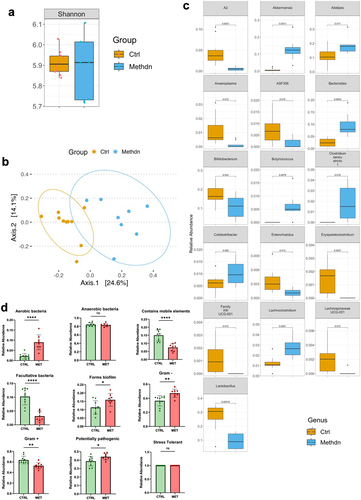
Figure 3. Prenatal opioid exposure increases sensitivity to thermal and mechanical pain in 3-week-old male offspring.
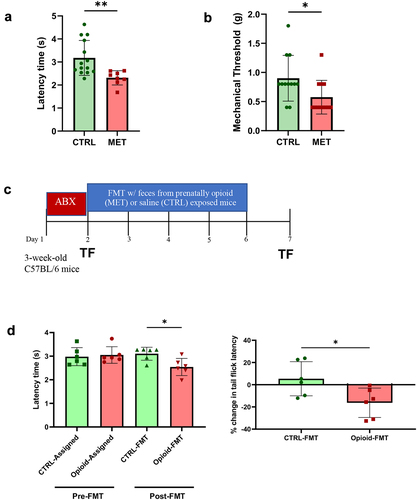
Figure 4. Supplementation with VSL#3 cocktail in dams alters maternal gut microbiome at weaning.
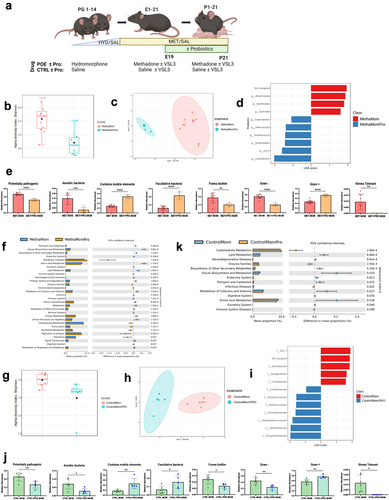
Figure 5. Supplementation with VSL#3 cocktail in dams alters neonatal gut microbiome and rescues hypersensitivity to thermal and mechanical pain in 3-week-old methadone-exposed offspring.
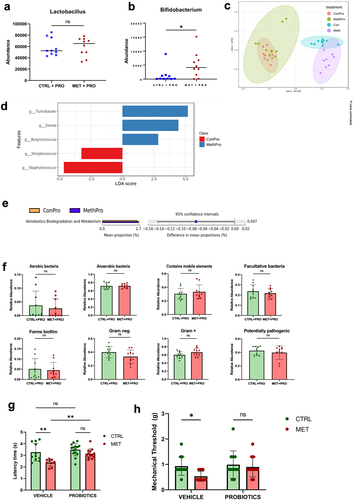
Figure 6. Prenatal opioid exposure increases IL-17 in systemic circulation, which is attenuated by maternal probiotic administration.
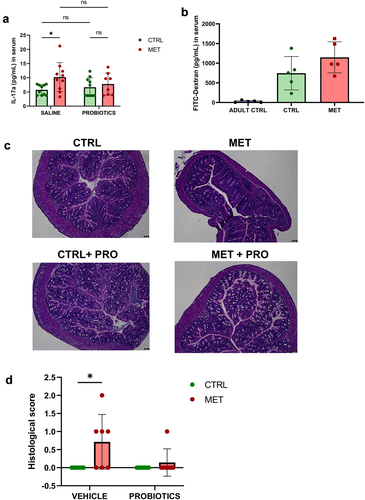
Figure 7. Maternal opioid exposure alters gene expression profile in whole brain of 3-week-old offspring.
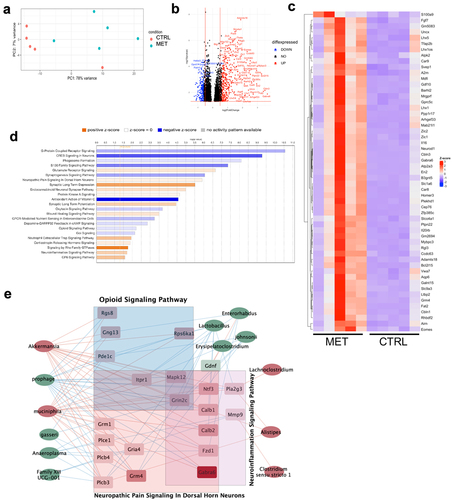
Figure 8. Neonatal brain transcription networks altered by maternal probiotic administration.

Figure 9. Cross-fostering opioid-exposed offspring to control dams also rescues hypersensitivity to thermal pain in methadone-exposed offspring.
